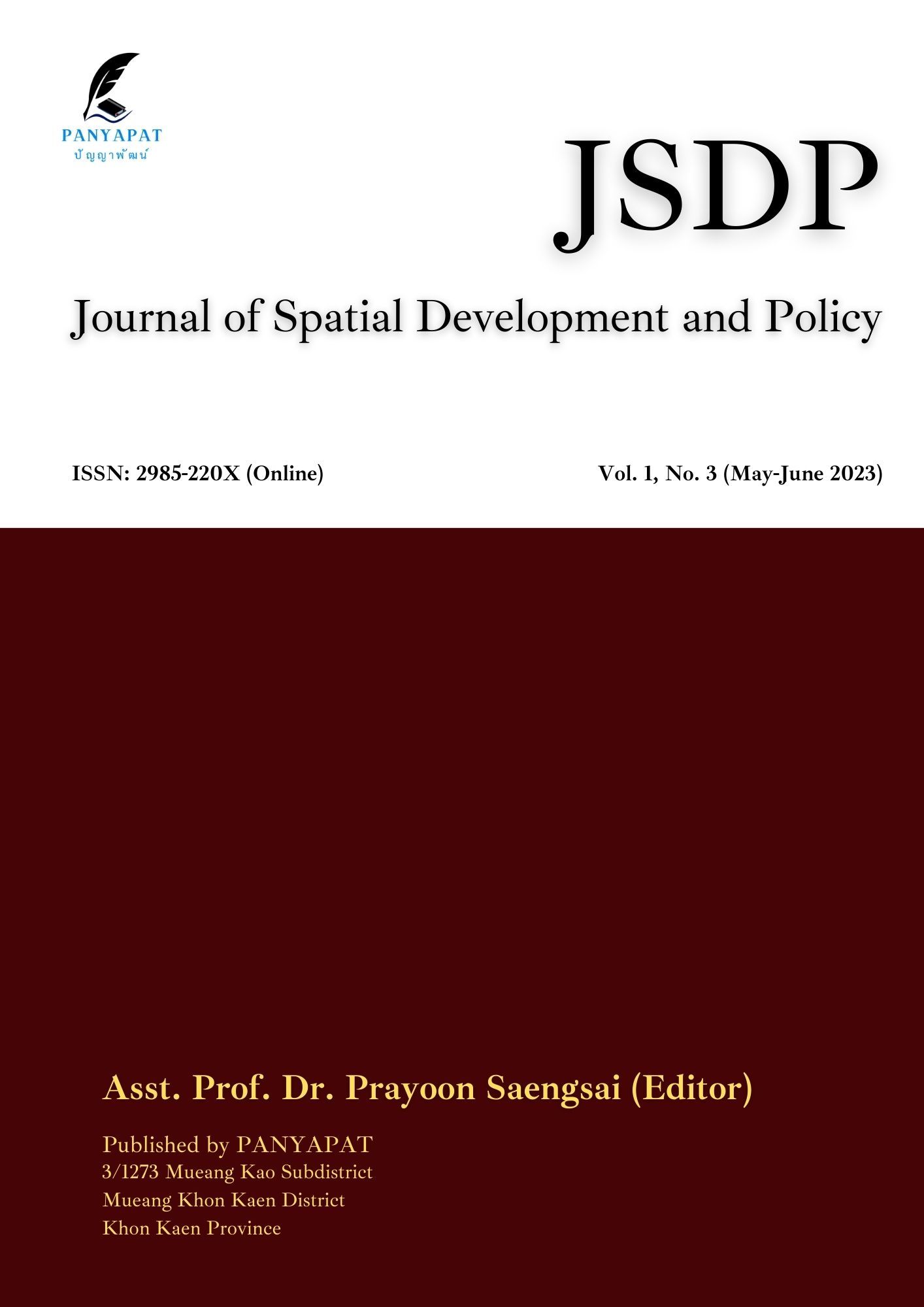A Study of Construction in Theravada Buddhism
Main Article Content
Abstract
The objectives of this research article were (1) to study the construction in Theravada Buddhism; and (2) to compare the construction in Theravada Buddhism to Sangha's construction in the present time. This was a documentary research by means of collecting data from Tipitaka, Buddhist academic paper and related researches with the descriptive analysis. The result of the study found that the construction in Theravada Buddhism was to construct the allowed buildings such as the Buddha image hall, a single porch house, a story house and a roofless house, and disallowed houses such as the construction of buildings in a place where Sangha did not identify. Development of construction of the temple and buildings in the Buddha's age came from the villagers' faith. Generally, the temples had different names such as Aram, Awad and Vihara. The temple was the Sangha's residence, the villagers' shelter and the center of Buddhist propagation, given by a lay person or many lay people. In the present time, the temple was also used to help people and develop education. Moreover, it was found that the style of construction had the continuous development from the past to the present. However, some areas, the constructors made very big buildings. They did not think that religious buildings were suitable for their community or not.
Article Details

This work is licensed under a Creative Commons Attribution-NonCommercial-NoDerivatives 4.0 International License.
References
พระธรรมกิตติวงศ์ (ทองดี สุรเตโช). (2548). พจนานุกรมเพื่อการศึกษาพุทธศาสน์ ชุด คำวัด. กรุงเทพฯ: วัดโอรสาราม.
พระธรรมปิฎก (ป. อ. ปยุตฺโต). (2545). พุทธศาสนาจะวิกฤตต้องคิดให้ไกลรู้ให้ทัน. กรุงเทพฯ: มูลนิธิพุทธธรรม.
พระมหาถวิล ปิยธมฺโม (ชนิดพจน์). (2556). การศึกษางานนวกรรมและการเผยแผ่พระพุทธศาสนาด้วยงาน สาธารณูปการของพระครูโสภณบุญเขต (โสม โสภโณ). (พุทธศาสตรมหาบัณฑิต, มหาวิทยาลัยมหาจุฬาลงกรณราชวิทยาลัย).
พระราชวรมุนี (ประยุทธ์ ปยุตฺโต). (2531). เทคนิคการสอนของพระพุทธเจ้า. กรุงเทพฯ: มูลนิธิพุทธธรรม.
พระสมุห์สายยันต์ วิสารโท (โลหิตดี) และ พระมหามิตร ฐิตปญฺโญ (วันยาว). (2564). พุทธนวัตกรรมในพระพุทธศาสนา: กรณีศึกษาพุทธศิลป์ด้านเสนาสนะ. วารสารปัญญาปณิธาน, 6(2), 15-28.
มหาวิทยาลัยมหาจุฬาลงกรณราชวิทยาลัย. (2539). พระไตรปิฎกฉบับภาษาไทย. กรุงเทพฯ: โรงพิมพ์มหาจุฬาลงกรณราชวิทยาลัย.
สมคิด เพ็งอุดม. (2539). บทบาทของพระสงฆ์ที่มีต่อการพัฒนาตามทรรศนะของพระสงฆ์และเจ้าหน้าที่ของกระทรวงหลักระดับตาบลในจังหวัดสมุทรสงคราม. (ศิลปศาสตรมหาบัณฑิต, มหาวิทยาลัยศรีนครินทรวิโรฒ ประสานมิตร).

